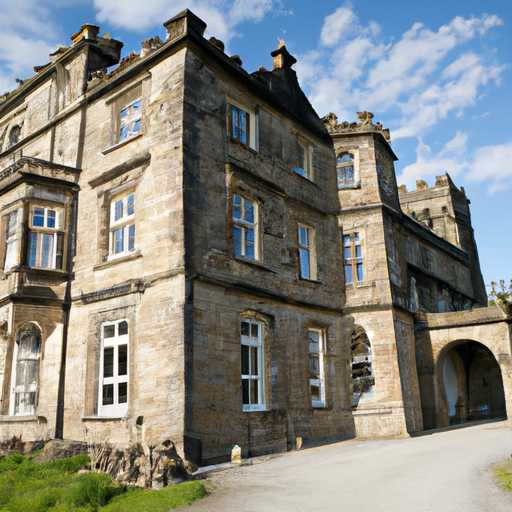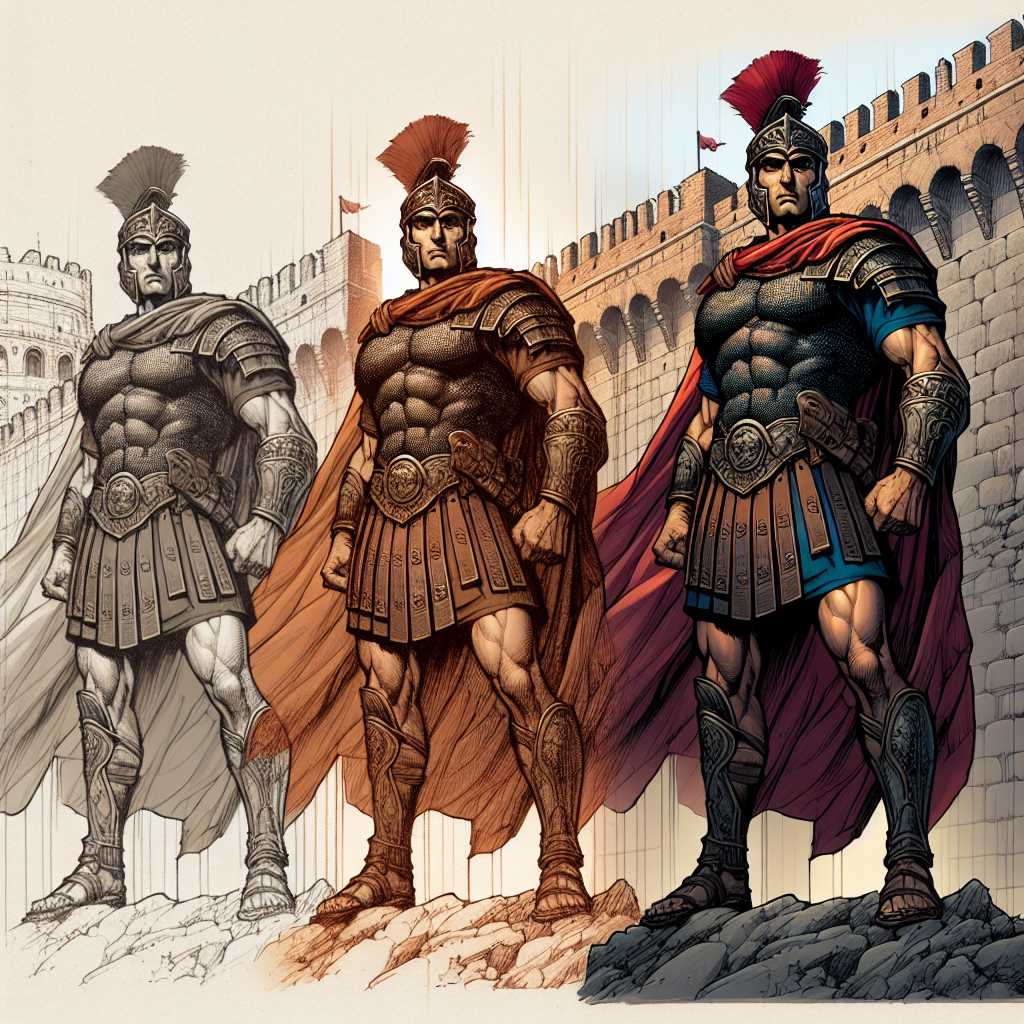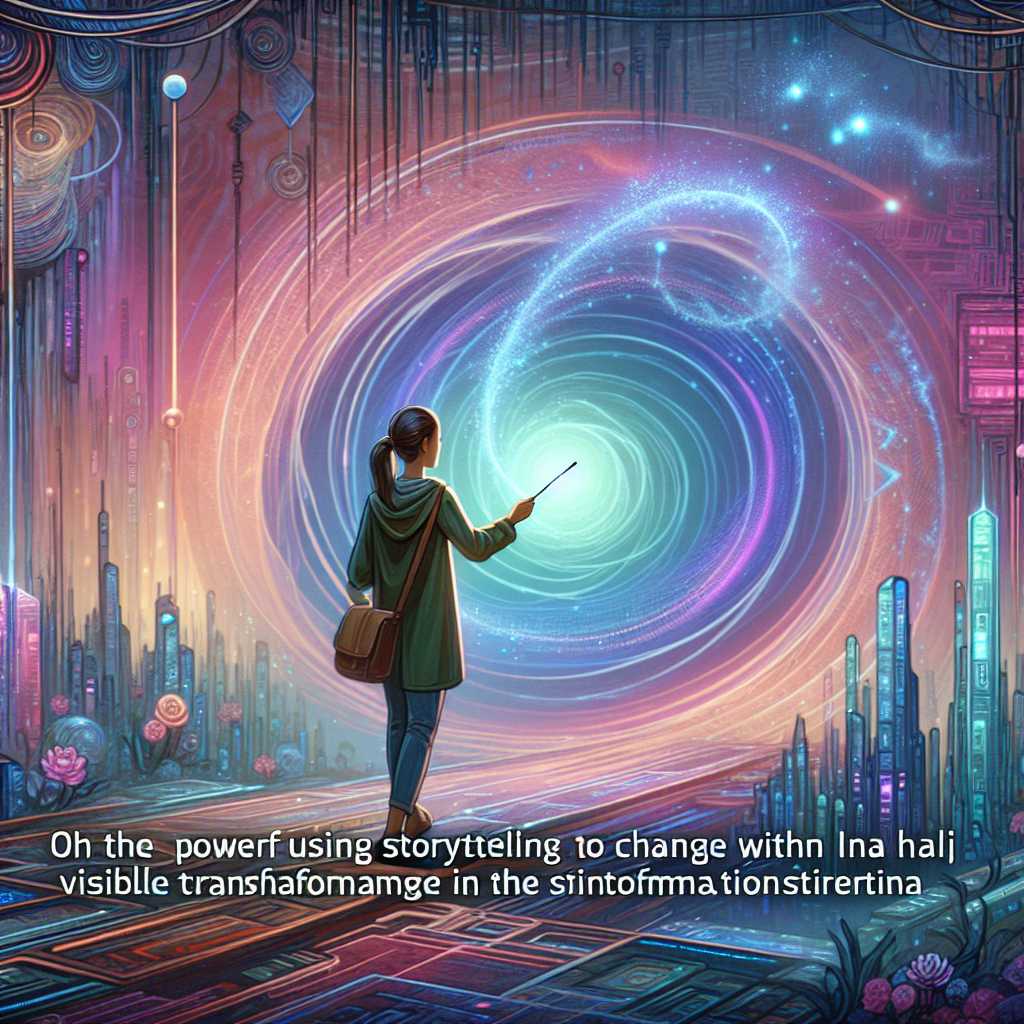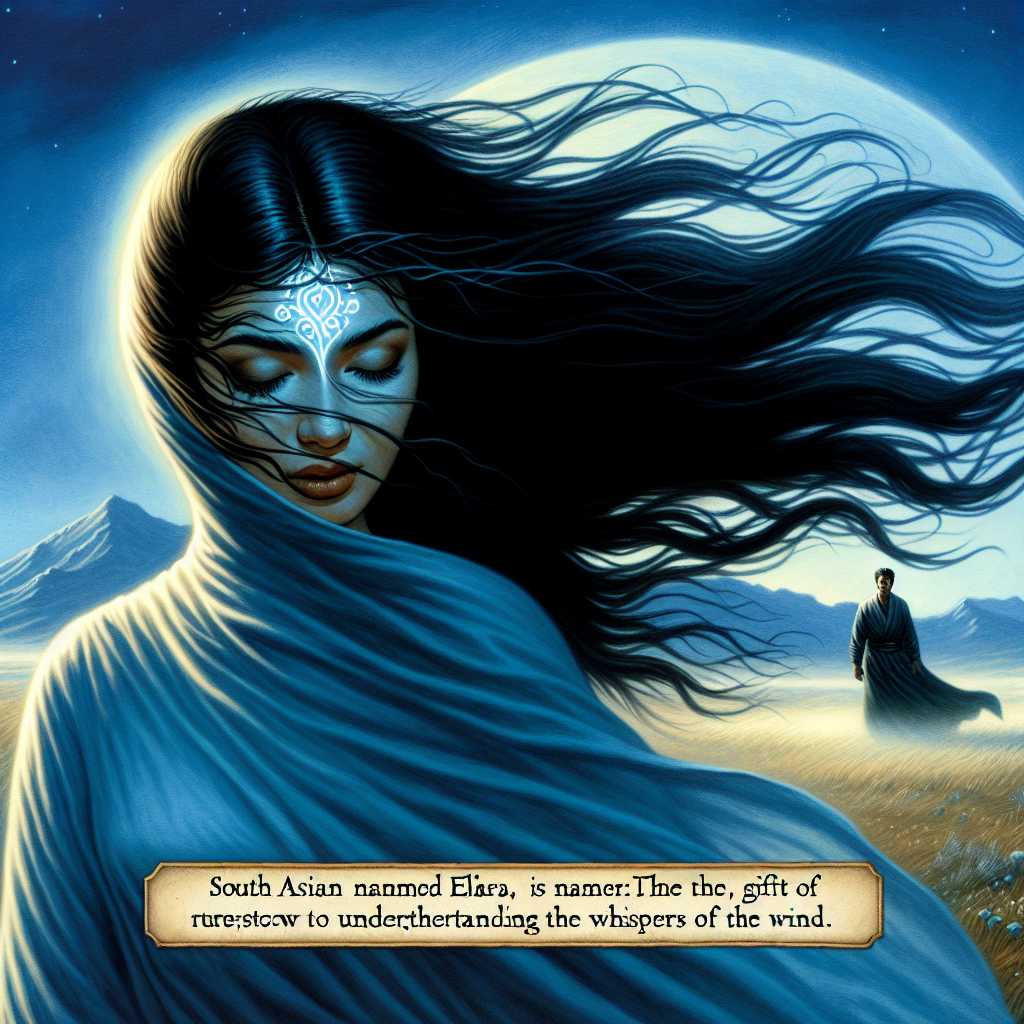
At the edge of the little town of Castleton, sat a grand stone mansion, a place that was home to a mystery that made the townsfolk exchange whispers and quick glances. It was in this Flintridge Manor that a tale of whispers and footsteps, unseen movements and unaccepted truths, had been woven and passed down through generations.
The Manor, showing its years in moss-laden walls and creaking steps, exuded a chilling air of the past. Its large, cold halls echoed stories of the ghastly sight one could see, especially on moonlit nights. A soft glow of dancing light, an eerie off-tune piano, a long hallway echoing with non-existent laughter – it was all too real for the curious souls of Castleton.
“I saw with me very eyes,” old Mrs. Dawkins, a resident of the town, would attest, “A lady, all white she was, twirling in the east corridor, laughing all too sweetly.”
The alleged ghost was none other than Lady Eleanor Flintridge, an elegant woman, wife of the manor's former lord, who had inexplicably disappeared two centuries ago. That fateful night had become a story passed down through the years, shaping the town's mystery narrative. At the stroke of midnight, during a lively ball, Lady Eleanor had vanished, leaving nothing behind but a world of speculations blurred between facts and fear.
“No one ever saw her leave, no trace of her was found,” the town’s librarian, Mr. Reginald, often shared, “The authorities searched, but it was as if she had vanished into thin air.”
No one knew why Eleanor had disappeared or where she had gone. The only certainty was that she never returned, and her husband, Lord Henry Flintridge, spent his remaining years in solitude, a shadow of his former jovial self. The mystery's palpable undertone whispered through the town, pricking at the edges of the mundane, forcing the uncanny stories to race through the alleyways, pumping the veins of local lore.
Old Tim, the local blacksmith, held a different perspective.
“Her husband was a terrible man, so she ran away,” he often proclaims, “But 'tis her soul that stayed back, perhaps out of the love for this lovely Manor… eh, or perhaps seeking a closure that never came.”
On a full moon night, the Manor stood grandly, defiant against time, doused in silvery light. A spectrum of shadows twisted and turned around the ancient stone structure, like phantom waltzers trying to resurrect a forgotten dance. It was then when the tune of a melancholic piano and subtle whispers slipped out, carried by the wind, tickling their way into the town and its fearful yet curious inhabitants.
“It’s her, the lady of the Manor. She still dances, pinnin' after the love she long lost,” muttered Mrs Dawkins as she pulled her shawl closer, encapsulating the township's mystery in one simple line.
The Manor may have stayed cold, its secrets securely stowed within ancient stone walls, but its tale endured through the glow of evening fires, hushed whispers of elders, and children's wide-eyed curiosity. In the end, it was the mystery of Lady Eleanor that lent Castleton its unmistakable charm, making it not just an ordinary town, but a custodian of a timeless, eerie tale.
Yet, the faint music on a full moon's night, the soft laughter echoing from the Manor, and the dancing shadow in the east-corridor, were they a cry for help, a desire to be remembered or just a figment of the imagination? One would never really know... To this day, they remain just a whisper, a shadow, a harmless wonder that the Flintridge Manor concocts, reflecting the echoes of a saga left untold.










